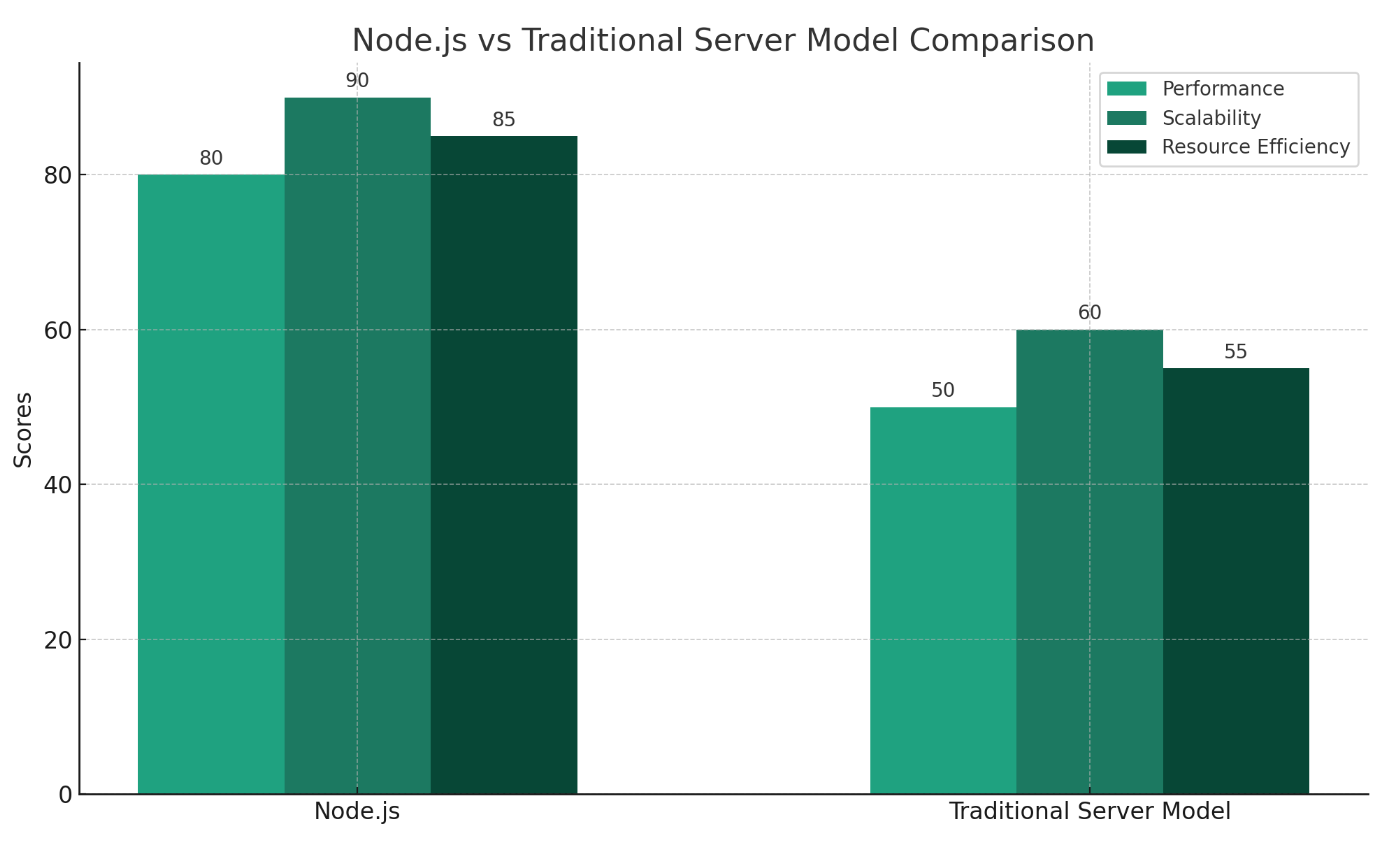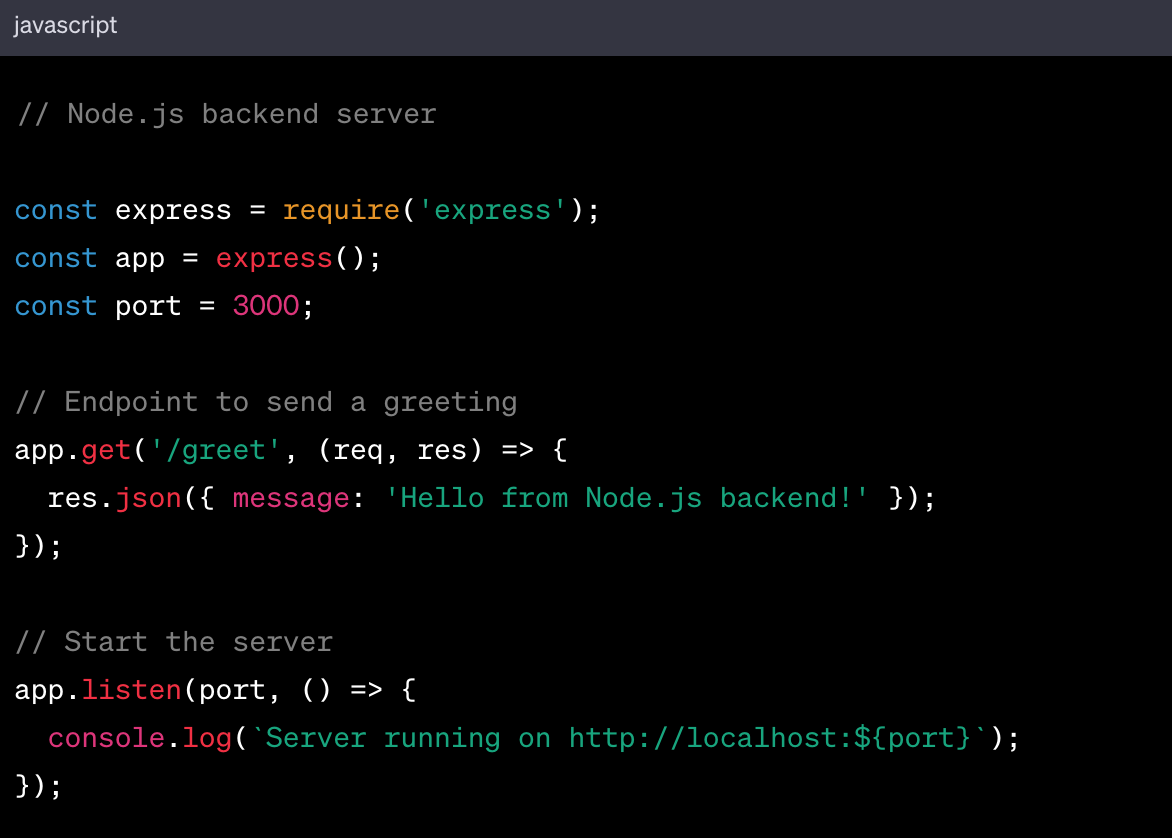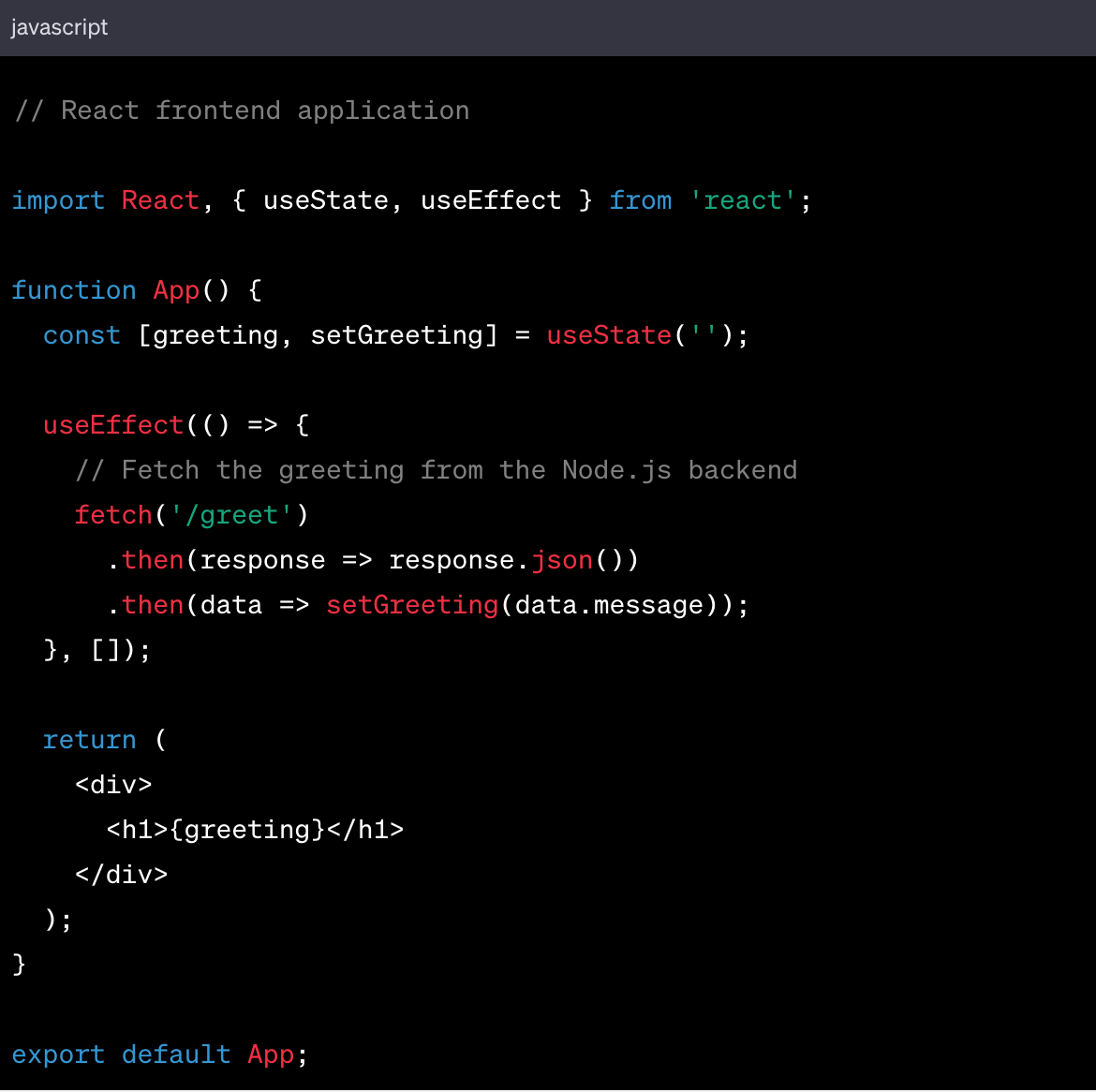JavaScript and Node.js are expected to continue to play a significant role in the development landscape. Node.js, with its event-driven architecture and efficient I/O handling, is particularly well suited for certain types of applications and industries. This means it can execute code in response to certain events, like web requests or file operations. This model is particularly efficient for handling multiple simultaneous operations, making Node.js highly scalable for applications that need to handle a large number of concurrent requests, such as web servers and real-time data processing. In traditional programming models, I/O operations (like reading from a file or network) are blocking, meaning the program has to wait until the operation completes before proceeding. In contrast, Node.js allows the program to continue executing other tasks while waiting for I/O operations to complete.
This non-blocking, asynchronous approach results in more efficient utilization of system resources, making Node.js ideal for high-performance applications that involve heavy I/O operations. Together, these features enable Node.js to efficiently manage multiple tasks simultaneously, making it a powerful tool for developing fast, scalable network applications like APIs, web servers, and real-time communication systems.
Model of performance, scalability, and resource efficiency
This infographic compares Node.js with a traditional server model across three key aspects: Performance, Scalability, and Resource Efficiency.
This measures the speed and efficiency with which the server model can handle tasks. Node.js scores higher due to its non-blocking I/O and efficient handling of concurrent requests.
This reflects the ability to handle an increasing number of requests or grow in size. Node.js, with its event-driven architecture, scales better than traditional server models which might struggle under heavy load due to their thread-based approach.
This assesses how well the server model utilizes hardware resources like CPU and memory. Node.js is generally more resource-efficient compared to traditional servers, as it uses a single-threaded event loop instead of creating new threads for each request.
- Lightweight web applications such as Gmail or Twitter in which all content is loaded natively and requires immediate response to user actions. Node.js works well with JavaScript frameworks like Angular, React or Vue for front-end development.
Here’s a code example illustrating how Node.js can work alongside a JavaScript framework like React for building a web application.
Backend: Node.js server
Frontend: React application
In this example, the Node.js server uses Express to create a simple API endpoint that sends a greeting. The React frontend application then fetches this greeting and displays it. This demonstrates how Node.js can serve as a backend for applications built with frontend frameworks like React, enabling full-stack JavaScript development
- Node.js is a prime choice for developing real-time applications like chat applications, online gaming, live streaming, and collaborative tools, where the ability to handle many users simultaneously and respond to their actions in real time is essential. Node.js’ scalability and ability to work with multiple users in real time make it ideal for these applications. Node.js processes tasks asynchronously and non-blocking, allowing it to efficiently manage multiple operations simultaneously. This is crucial for real-time applications where immediate response to user interactions is needed. Despite being single-threaded, Node.js can handle numerous concurrent connections efficiently. The event loop facilitates quick task execution, making Node.js ideal for handling high volumes of short-lived connections, common in real-time applications. Node.js allows horizontal as well as vertical scaling. You can add more nodes to your Node.js application to handle more users or requests, making it well-suited for applications that need to scale up due to an increasing number of real-time users.
- Node.js is particularly well suited for data intensive applications that experience large volumes of real-time traffic, a characteristic essential for Internet of Things (IoT) applications. IoT applications often involve a vast network of devices (sensors, engines, cameras) continuously generating and transmitting data. IoT demands real-time data processing and immediate response. Node.js’s event-driven nature allows it to react swiftly to real-time data inputs, making it ideal for scenarios where timely data processing is crucial. As IoT networks expand, the volume of data and the number of connected devices increase. Node.js can scale horizontally, handling the growing demands of extensive IoT infrastructures.
- Node.js is highly effective in managing real-time data streams and ensuring quick data synchronization between server and client, which significantly enhances user experience. Node.js’s event-driven architecture makes it adept at handling continuous data streams in real-time, such as video or audio streams, or data from IoT devices. These capabilities ensure that applications remain responsive and up-to-date, providing users with a seamless and interactive experience, essential for applications like live streaming services, online gaming, and interactive web applications.
Node.js has proven itself to be a versatile and effective tool in various industries, each of which uses its own capabilities to achieve specific goals.
Healthcare
Node.js is used to develop systems that track patient health information in real time, such as monitoring vital signs, improving patient care. It allows healthcare providers to remotely monitor patient health, improving patient outcomes and reducing costs. Facilitates real-time communication and collaboration in the healthcare sector, which is critical to patient care and reducing errors. Efficiently handles large data sets and multiple queries, which is critical for healthcare applications.
Finance
Builds systems that track transactions in real time to identify and prevent fraudulent activities. Efficiently designs systems that alert customers about account activities, thus improving customer experience and security.
E-Commerce
Node.js enables e-commerce platforms to manage inventory in real time, providing customers with up-to-date product availability information. By analyzing customer preferences and behavior, Node.js aids in delivering personalized shopping experiences. Implementation of live chat for immediate customer service. The ability to handle high traffic and multiple requests simultaneously makes Node.js ideal for large e-commerce platforms.
In conclusion, Node.js, with its event-driven architecture and efficient I/O handling, has become a key technology in various industries. Its ability to process real-time data streams, manage large traffic, and quickly synchronize data between server and client has made it indispensable in sectors such as e-commerce, healthcare, social media, and finance. These industries use Node.js for real-time inventory management, patient monitoring systems, real-time social media messaging and analytics, and fraud detection in finance and other applications.






